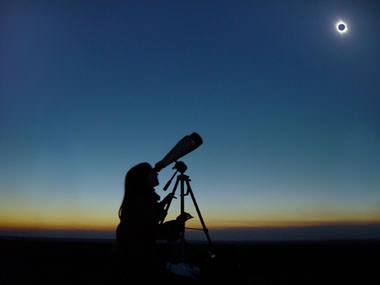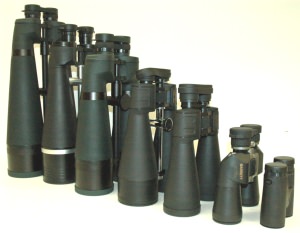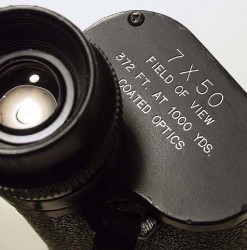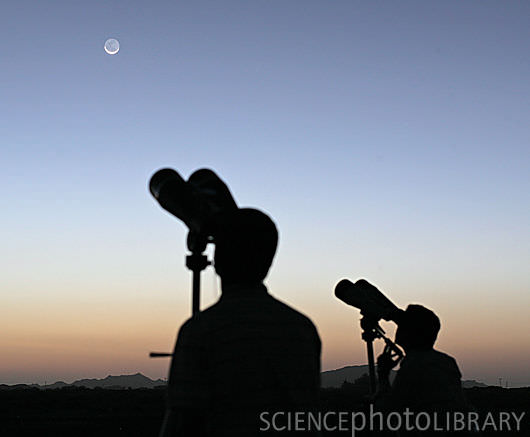Another name for Mars is the Red Planet, and if you’ve ever seen it in the sky when the planet is bright and close to Earth, it appears like a bright red star. In Roman mythology, Mars was the god of war, so… think blood.
Even photos from spacecraft show that it’s a rusty red color. The hue comes from the fact that the surface is *actually* rusty, as in, it’s rich in iron oxide.
Iron left out in the rain and will get covered with rust as the oxygen in the air and water reacts with the iron in the metal to create a film of iron oxide.
Mars’ iron oxide would have formed a long time ago, when the planet had more liquid water. This rusty material was transported around the planet in dust clouds, covering everything in a layer of rust. In fact, there are dust storms on Mars today that can rise up and consume the entire planet, obscuring the entire surface from our view. That dust really gets around.
But if you look closely at the surface of Mars, you’ll see that it can actually be many different colours. Some regions appear bright orange, while others look more brown or even black. But if you average everything out, you get Mars’ familiar red colour.
If you dig down, like NASA’s Phoenix Lander did in 2008, you get below this oxidized layer to the rock and dirt beneath. You can see how the tracks from the Curiosity Rover get at this fresh material, just a few centimeters below the surface. It’s brown, not red.
And if you could stand on the surface of Mars and look around, what colour would the sky be? Fortunately, NASA’s Curiosity Rover is equipped with a full colour camera, and so we can see roughly what the human eye would see.
The sky on Mars is red too.
The sky here is blue because of Raleigh scattering, where blue photons of light are scattered around by the atmosphere, so they appear to come from all directions. But on Mars, the opposite thing happens. The dust in the atmosphere scatters the red photons, makes the sky appear red. We have something similar when there’s pollution or smoke in the air.
But here’s the strange part. On Mars, the sunsets appear blue. The dust absorbs and deflects the red light, so you see more of the blue photons streaming from the Sun. A sunset on Mars would be an amazing event to see with your own eyes. Let’s hope someone gets the chance to see it in the future.
We have written many articles about Mars on Universe Today. Here’s an article about a one-way, one-person trip to Mars, and here’s another about how scientists know the true color of planets like Mars.
Here are some nice color images captured of the surface of Mars from NASA’s Pathfinder mission, and here’s another explainer about why Mars is red from Slate Magazine.
We have recorded several podcasts just about Mars. Including Episode 52: Mars and Episode 92: Missions to Mars, Part 1.
Sources:
http://quest.arc.nasa.gov/qna/questions/FAQ_GeneraL_Mars.htm
http://mpfwww.jpl.nasa.gov/programmissions/missions/past/pathfinder/
http://www.slate.com/id/2093779/






